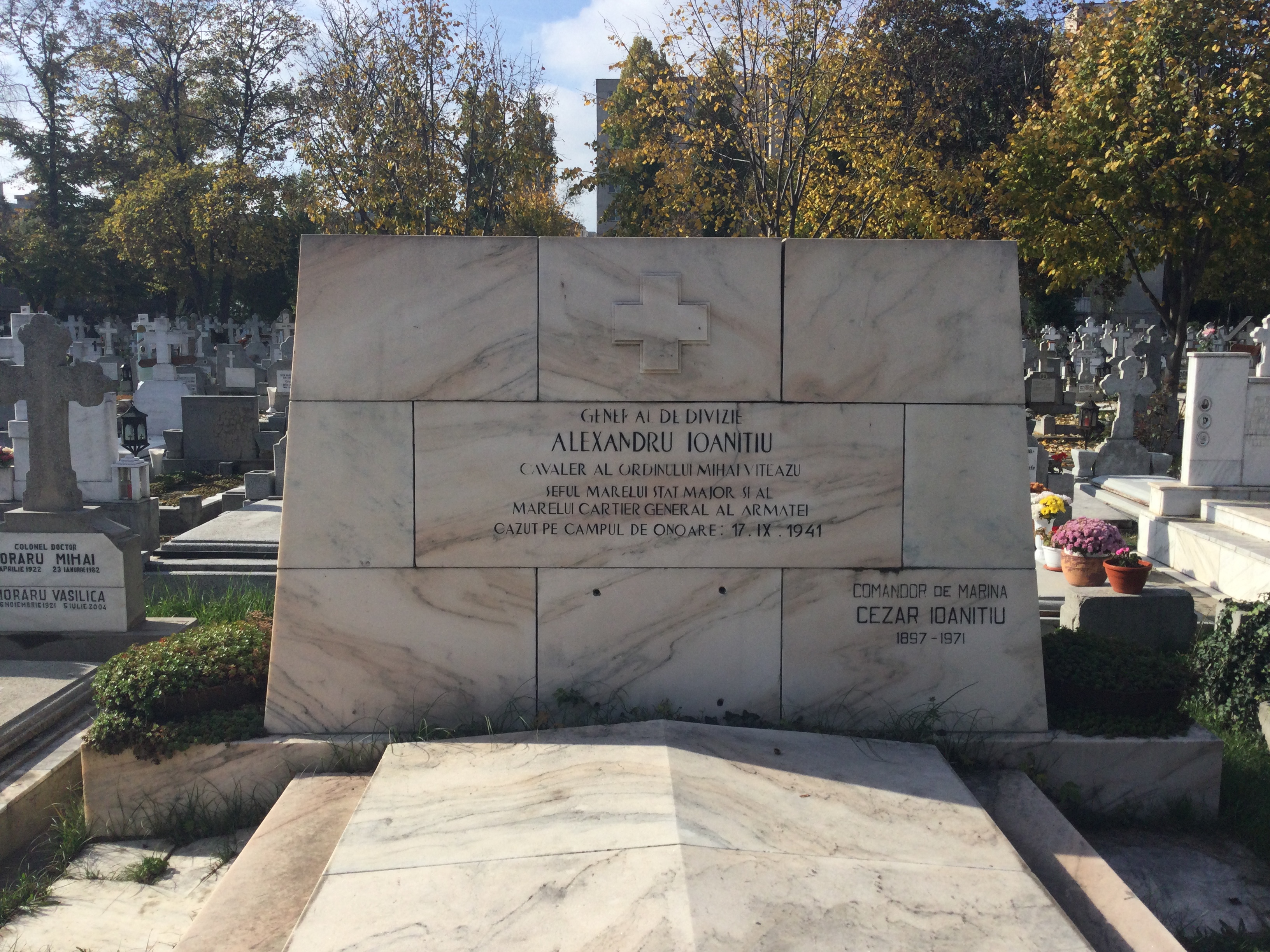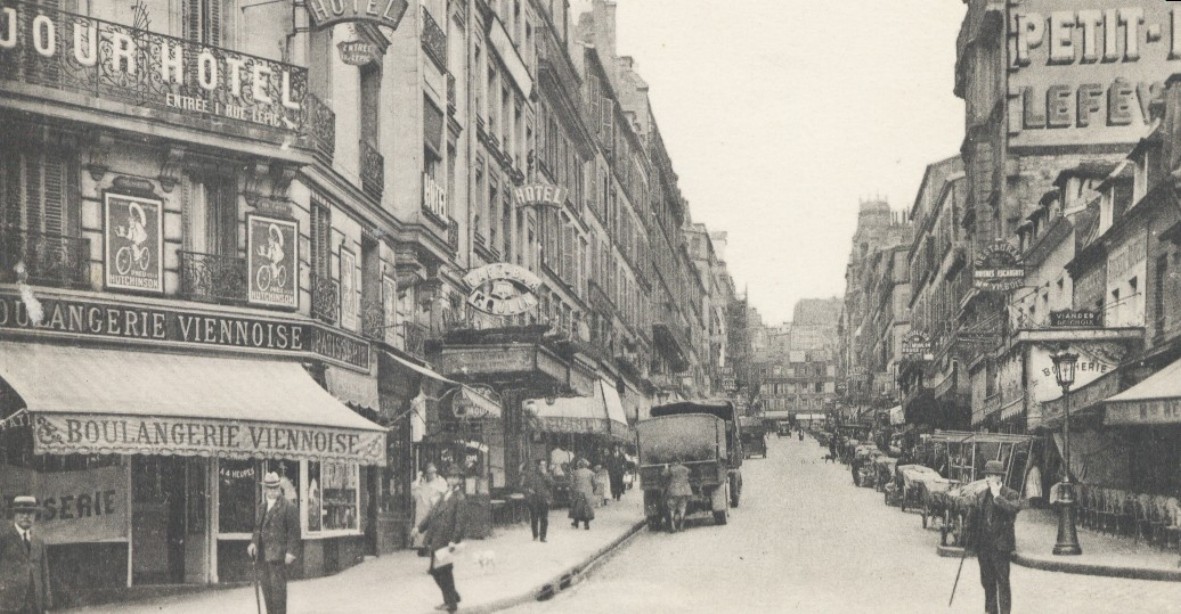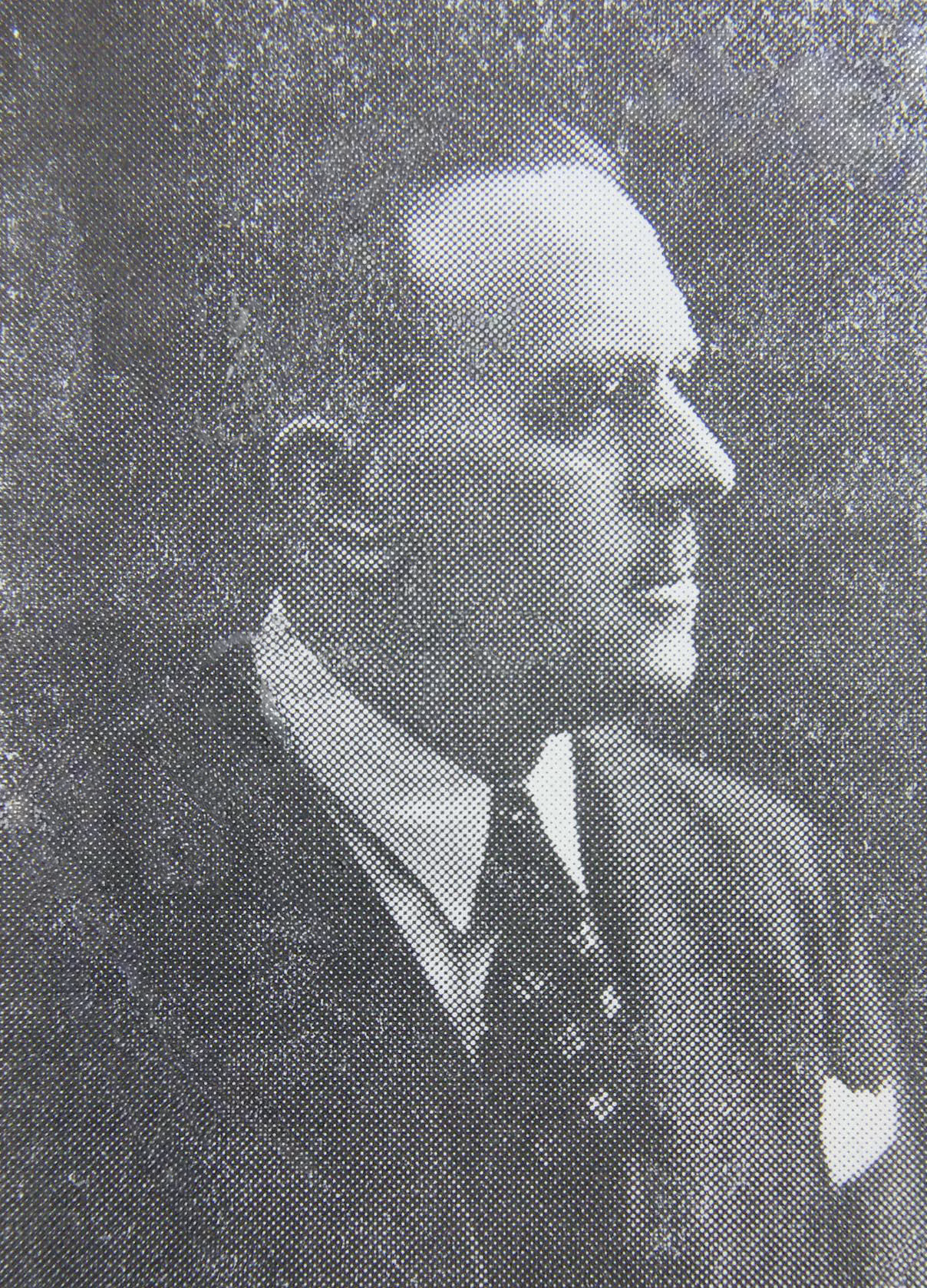|
Paraschiv Vasilescu
Paraschiv Vasilescu (March 14, 1864 – 1925) was one of the generals of the Romanian Land Forces in the First World War. Between March 3, 1904 and April 1, 1905, Major Vasilescu was the commander of the Border Guard Corps. He served as a division commander in the 1916, 1917, and 1918 campaigns. Ioanițiu, Alexandru (Lt.-Colonel), ''Războiul României: 1916–1918'', vol 1, Tipografia Geniului, București, 1929 Biography After graduating in 1885 from the military school of officers with the rank of second lieutenant, Vasilescu held various positions in the infantry units or in the upper echelons of the army, the most important being those of commander of the 3rd Infantry Regiment and of the 4th Territorial Corps.Ministry of War, '' Yearbook of the Romanian Army for 1914, '' F. Gobl and Sons Printing House, Bucharest, 1914Ministry of War, '' Yearbook of the Romanian Army for 1915, '' George Ionescu Printing and Graphic Arts Establishment, Bucharest, 1915 During World War I, he ser ... [...More Info...] [...Related Items...] OR: [Wikipedia] [Google] [Baidu] |
Bucharest
Bucharest ( , ; ) is the capital and largest city of Romania. The metropolis stands on the River Dâmbovița (river), Dâmbovița in south-eastern Romania. Its population is officially estimated at 1.76 million residents within a greater Bucharest metropolitan area, metropolitan area of 2.3 million residents, which makes Bucharest the List of cities in the European Union by population within city limits, 8th most-populous city in the European Union. The city area measures and comprises 6 districts (''Sectors of Bucharest, Sectoare''), while the metropolitan area covers . Bucharest is a major cultural, political and economic hub, the country's seat of government, and the capital of the Muntenia region. Bucharest was first mentioned in documents in 1459. The city became the capital in 1862 and is the centre of Romanian media, culture, and art. Its architecture is a mix of historical (mostly History of architecture#Revivalism and Eclecticism, Eclectic, but also Neoclassical arc ... [...More Info...] [...Related Items...] OR: [Wikipedia] [Google] [Baidu] |
Alexandru Ioanițiu
Alexandru Ioanițiu (2 February 1890 – 17 September 1941) was a Romanian major general. He led Romanian troops against the Soviet Union during World War II, and was killed when he accidentally stepped into the moving propeller of his aircraft upon landing at an airport near Odessa while it was under siege. Biography Ioanițiu was born in Botoșani, in northern Moldavia. He attended the military school in Iași, graduating as second lieutenant in 1910 and lieutenant in 1913. After Romania entered World War I on the side of the Allies of World War I, Allies, he fought in the Romanian Campaign (1916), Romanian Campaign of 1916 in Dobruja and at the Battle of the Argeș. He was promoted to captain in 1916 and major in 1917, and fought at the Battle of Mărășești. Afterwards he pursued his studies at the Carol I National Defence University, Higher War School in Bucharest (1919–1920). He was promoted to lieutenant colonel in 1928, to colonel in 1933, and to brigadier general i ... [...More Info...] [...Related Items...] OR: [Wikipedia] [Google] [Baidu] |
Romanian Army World War I Generals
Romanian may refer to: *anything of, from, or related to the country and nation of Romania **Romanians, an ethnic group **Romanian language, a Romance language ***Romanian dialects, variants of the Romanian language **Romanian cuisine, traditional foods **Romanian folklore *'' The Romanian: Story of an Obsession'', a 2004 novel by Bruce Benderson *''Românul ''Românul'' (, meaning "The Romanian"; originally spelled ''Romanulu'' or ''Românulŭ'', also known as ''Romînul'', ''Concordia'', ''Libertatea'' and ''Consciinti'a Nationala''), was a political and literary newspaper published in Bucharest, Ro ...'' (), a newspaper published in Bucharest, Romania, 1857–1905 See also * * {{disambiguation Language and nationality disambiguation pages ... [...More Info...] [...Related Items...] OR: [Wikipedia] [Google] [Baidu] |
1925 Deaths
Events January * January 1 – The Syrian Federation is officially dissolved, the State of Aleppo and the State of Damascus having been replaced by the State of Syria (1925–1930), State of Syria. * January 3 – Benito Mussolini makes a pivotal speech in the Italian Chamber of Deputies (Italy), Chamber of Deputies which will be regarded by historians as the beginning of his dictatorship. * January 5 – Nellie Tayloe Ross becomes the first female governor (Wyoming) in the United States. Twelve days later, Ma Ferguson becomes first female governor of Texas. * January 25 – Hjalmar Branting resigns as Prime Minister of Sweden because of ill health, and is replaced by the minister of trade, Rickard Sandler. * January 27–February 1 – The 1925 serum run to Nome (the "Great Race of Mercy") relays diphtheria antitoxin by dog sled across the U.S. Territory of Alaska to combat an epidemic. February * February 25 – Art Gillham records (for Columbia Re ... [...More Info...] [...Related Items...] OR: [Wikipedia] [Google] [Baidu] |
1864 Births
Events January * January 13 – American songwriter Stephen Foster ("Oh! Susanna", "Old Folks at Home") dies aged 37 in New York City, leaving a scrap of paper reading "Dear friends and gentle hearts". His parlor song "Beautiful Dreamer" is published in March. * January 16 – Denmark rejects an Austrian-Prussian ultimatum to repeal the Danish Constitution, which says that Schleswig-Holstein is part of Denmark. * January 21 – New Zealand Wars: The Tauranga campaign begins. February * February – John Wisden publishes ''Wisden Cricketers' Almanack, The Cricketer's Almanack for the year 1864'' in England; it will go on to become the major annual cricket reference publication. * February 1 – Danish-Prussian War (Second Schleswig War): 57,000 Austrian and Prussian troops cross the Eider River into Denmark. * February 15 – Heineken N.V., Heineken Brewery is founded in the Netherlands. *American Civil War: ** February 17 – The tiny Confed ... [...More Info...] [...Related Items...] OR: [Wikipedia] [Google] [Baidu] |
Constantin Kirițescu
Constantin Kirițescu (September 3, 1876 – August 12, 1965) was a Romanian zoologist, educator and historian. Born and schooled in Bucharest, he occupied successive posts in the Education Ministry, with education being a running theme of his diverse interests. He was among the founders of the Romanian Academy of Sciences.Ovidiu Bozgan and Cornel Beda, "Din corespondența lui Constantin Kirițescu", in ''Revista istorică'', Volume 7, p.271-75. Editura Academiei Române, 1996 Kirițescu was a teacher at Saint Sava High School. His name is most associated with ''Istoria războiului pentru reîntregirea României'' ("The History of the War That United Romania"), a 1922 account of the part played by Romania in World War I.Maria Bucur, ''Heroes and Victims: Remembering War in Twentieth-century Romania'', p.81. Indiana University Press Indiana University Press, also known as IU Press, is an academic publisher founded in 1950 at Indiana University that specializes in the hu ... [...More Info...] [...Related Items...] OR: [Wikipedia] [Google] [Baidu] |
Toplița
Toplița (; , ) is a Municipiu, city in Harghita County, Transylvania, Romania. The settlement has had multiple name changes: ''Taplócza'', ''Toplicza'', ''Gyergyó-Toplicza'', from February 3, 1861 ''Oláh-Toplicza'', or "Romanian Toplița", then from January 1, 1907 ''Maroshévíz'', until 1918, when it received the Romanian name ''Toplița Română''. Both the Romanian and the Hungarian name mean "hot water spring"; the former is a Romanian word of Slavic languages, Slavic origin. The city administers eight villages: Călimănel (''Kelemenpatak''), Luncani (''Lunkány''), Măgheruș (''Magyaros''), Moglănești (''Moglán''), Secu (''Székpatak''), Vâgani (''Vugány''), Vale (''Válya''), and Zencani (''Zsákhegy''). Demographics At the 2021 Romanian census, 2021 census, Toplița had a population of 12,609. At the 2011 Romanian census, census from 2011, there were 13,282 people living in the city; of this population, 68.49% were ethnic Romanians, while 22.11% were ethnic ... [...More Info...] [...Related Items...] OR: [Wikipedia] [Google] [Baidu] |
Eremia Grigorescu
Eremia Teofil Grigorescu (28 November 1863 – 21 July 1919) was a Romanian general who served as the commander of the 1st Romanian Army during the First World War. He also served as Minister of War in the Constantin Coandă cabinet. Early life and military career Born in 1863 in the village Golășei (Bujor Sat), actually part of Târgu Bujor, in Covurlui County, now Galați County, in the family of the teacher Grigore Grigorescu and Maria (née Cazacu) Grigorescu; he was the youngest child of the family, after Dumitru, Constantin and Sevastia. He attended primary school in Galați (1870–1874), in the class of teacher Rășcanu, "a well-known figure in the cultural world of Galați", secondary school at Vasile Alecsandri High School in Galați (1874–1878), and then the Academia Mihăileană in Iași (1878–1881). After graduation, he attended for a year the Faculty of Medicine of the University of Iași, before transferring to the Officers' School, Artillery sectio ... [...More Info...] [...Related Items...] OR: [Wikipedia] [Google] [Baidu] |
Order Of Michael The Brave
The Order of Michael the Brave () is Romania's highest military decoration, instituted by King of Romania, King Ferdinand I of Romania, Ferdinand I during the early stages of the Romanian Campaign (World War I), Romanian Campaign of the World War I, First World War, and was again awarded in the World War II, Second World War. The Order, which may be bestowed either on an individual or on a whole unit, was named in honor of Michael the Brave (''Mihai Viteazul''), the late 16th-century Prince of Wallachia, Principality of Transylvania (1570–1711), Transylvania, and Moldavia. Data : Requirements: Awarded to officers only for exceptional deeds on the battlefield. It is the highest ranking Romanian military order. : Classes: 3rd, 2nd and 1st : Date Instituted: September 26, 1916 : Number awarded: 2184 :: ''During WW1:'' ::: 1st class: 16 ::: 2nd class: 12 ::: 3rd class: 336 (of which 43 awarded to military units) :: ''During WW2:'' ::: 1st class: 15 ::: 2nd class: 76 (of which 13 award ... [...More Info...] [...Related Items...] OR: [Wikipedia] [Google] [Baidu] |




